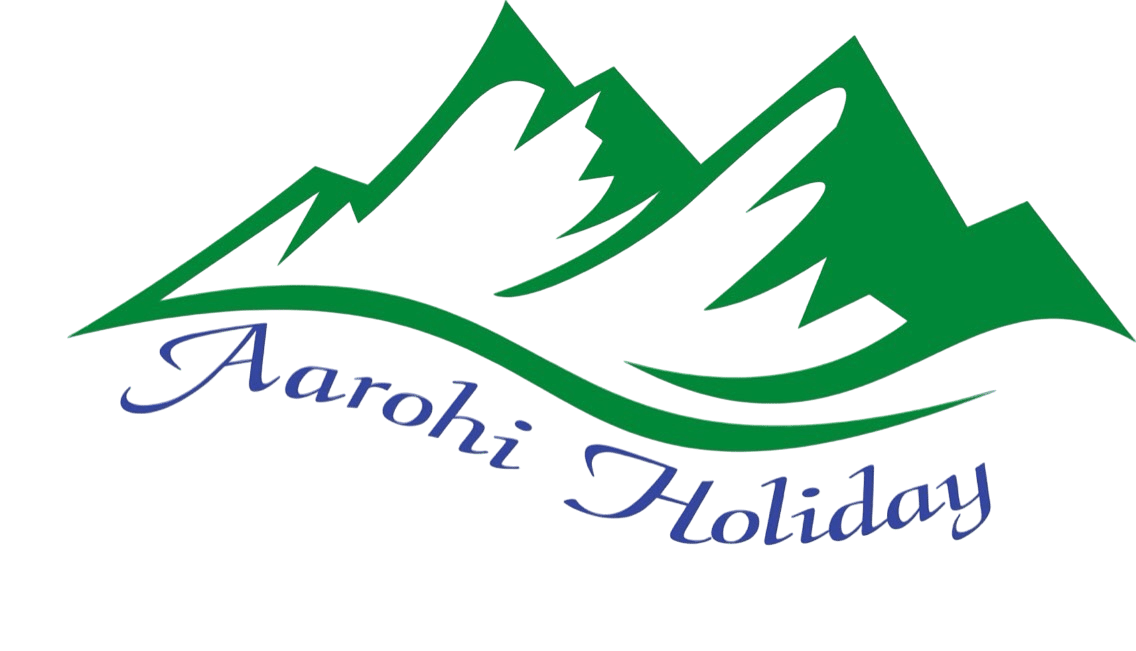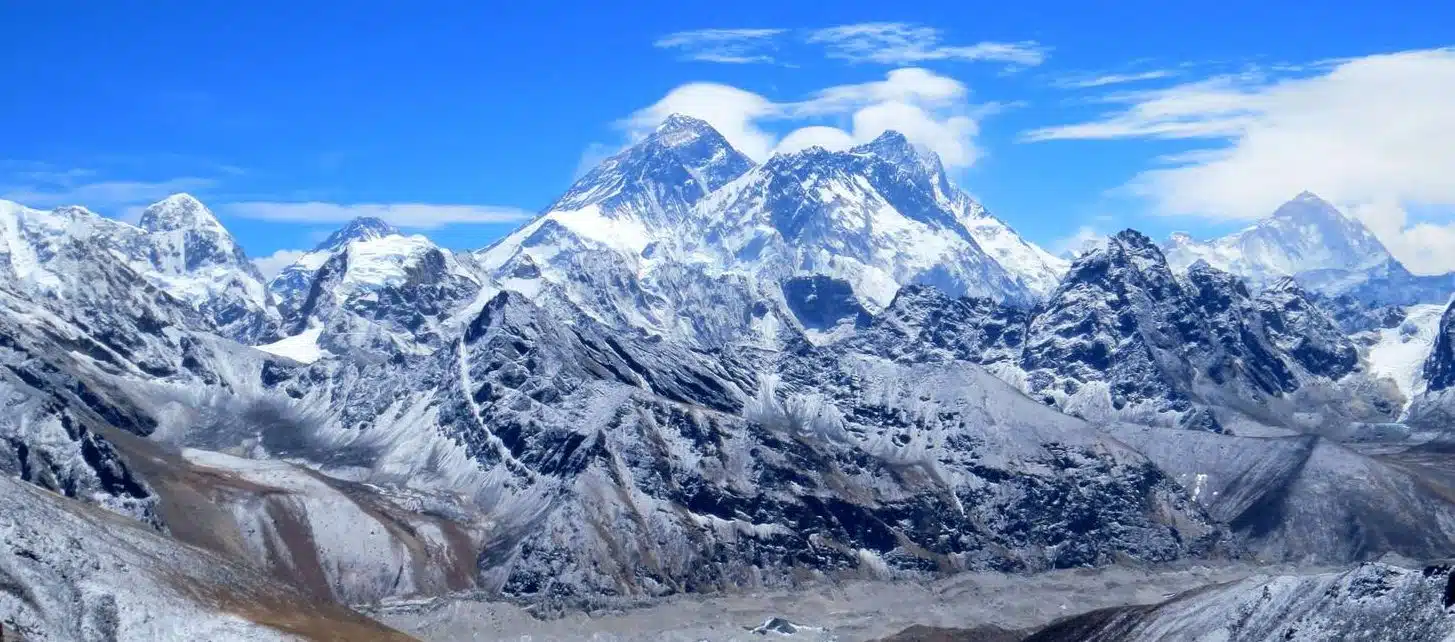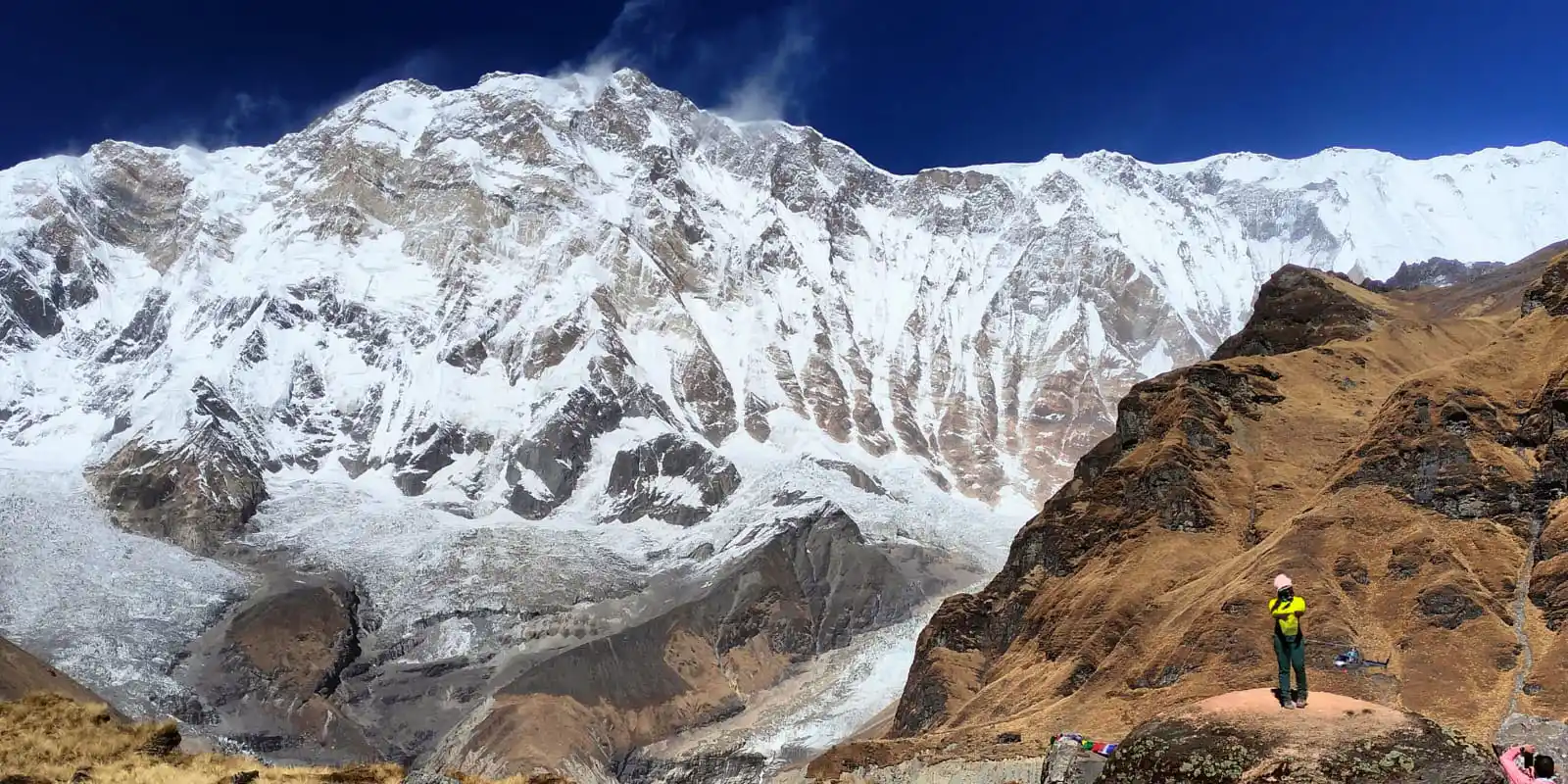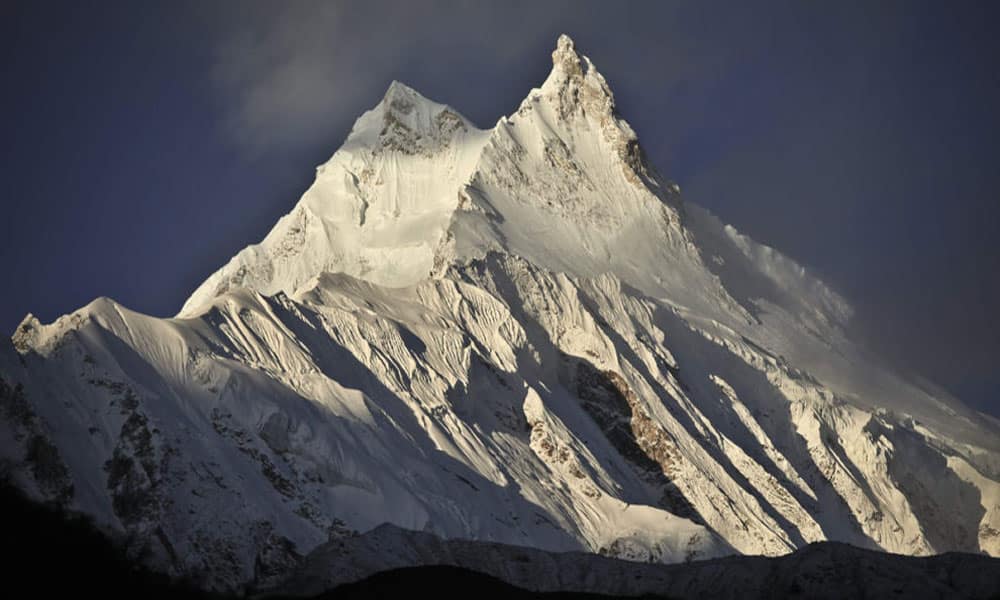US $1050
Everest Three Passes Trek Overview
Everest Three Passes Trek is the most suitable choice for adventure trekkers who have an interest in high pass trekking within the Everest region. Everest High Pass Adventure Trekking is one of the most challenging and strenuous treks. The Everest Three Passes trek route will cover all the key viewpoints in Everest, including the three passes of Khangma-La Pass (5338m), Renjo-La Pass (5338m), and other highlights like Gokyo Ri, Kalapather, and Everest Base Camp.
The Everest Three Pass Trek offers the natural grandeur of the world’s high-altitude places with magnificent views of towering mountains. This trek is an excellent place to enjoy and experience high-altitude adventure with Himalayan smiles on this awesome trek crossing over and above 5400 meters ridges. Wildlife like the cat and Himalayan black bear are present but rarely sighted; other mammals include the weasel, marten, Himalayan gnawing mammal (pika), jackal, and langur monkey.
This trek will provide you with a beautiful adventure of the Everest Three Passes, located within Sagarmatha National Park, with an area of 1,148 sq. km. The three passes trek is the perfect combination of natural beauty with profound cross-cultural discovery. Everest Three Pass Trekkers will also encounter the Khumjung village, the largest Sherpa village in the Khumbu region. We begin our 20-day trip in Kathmandu with a visit to UNESCO sites in the Kathmandu Valley before heading to the most popular destinations for trekking among the routes within the Everest region. Aarohi Holiday treks are ever-present to make your trek easier and more memorable.
Route to Everest Three Passes Trek

Your Everest Three Passes Trek begins upon arrival in Kathmandu (1,345m), where you’ll be warmly greeted by our team and transferred to a comfortable hotel. After a cultural exploration of Kathmandu Valley, a scenic mountain flight whisks you to Lukla (2,840m)—the gateway to the Khumbu region. The trek starts with a walk to Phakding (2,610m) and gradually ascends through pine forests and Sherpa villages to reach Namche Bazaar (3,441m), a vibrant town perfect for acclimatization
The trail continues to the spiritual village of Tengboche (3,860m), home to a famous monastery, before heading to Dingboche (4,450m) for further altitude adaptation. After a night in Chhukung (4,730m), you’ll cross the first of the three high passes—Kongma La (5,535m)—and descend to Lobuche (4,900m). From there, you’ll hike to Everest Base Camp (5,364m) and climb Kala Patthar (5,555m) for unparalleled views of Mount Everest.
Next, the trek leads you over the icy Cho La Pass (5,420m), guiding you into the pristine Gokyo Valley. Here, you’ll explore the serene Gokyo Lakes and optionally ascend Gokyo Ri (5,357m) for sweeping vistas of Everest, Cho Oyu, and more. The journey continues over the third and final pass—Renjo La (5,340m)—offering a less-traveled but incredibly scenic route down to Lumde and Thame.
The final stretch winds through traditional Sherpa villages back to Namche and finally to Lukla, where a return flight brings you back to Kathmandu, concluding this challenging yet incredibly rewarding 20-day Himalayan adventure.
Accommodation during Everest Three Passes Trek
- In Kathmandu we provide comfortable accommodation in 3-star hotels with breakfast on a twin-sharing basis.(Private room accommodation can be organized at an extra cost)
- During the trek, we provide comfortable teahouse accommodation on a twin-sharing basis. Hot showers, Wi-Fi, and device charging are available at an additional cost.
Meals and Drinking water on Everest Three Passes Trek
Throughout the Everest Three Passes Trek, you’ll enjoy three warm and nourishing meals each day—breakfast, lunch, and dinner—served at teahouses along the trail. Meals are freshly prepared and typically include a variety of local and international options such as dal bhat, fried rice, noodles, soups, pasta, pancakes, and eggs. While the menu is more diverse in lower-altitude villages, it becomes simpler in remote areas near the high passes like Kongma La, Cho La, and Renjo La. However, the food remains hearty and energy-rich to support your demanding journey.
Access to clean drinking water is essential, especially at high altitudes. Bottled water is available at most teahouses, but to minimize environmental impact, we highly recommend using a reusable water bottle or hydration system. Our guides provide water purification tablets or drops so you can safely refill from local sources. Staying hydrated and well-fed is vital to maintaining energy and supporting your acclimatization throughout this challenging and rewarding trek.
Required Permits for the Everest Three Passes Trek
- Sagarmatha National Park Entry Permit: NPR 3,000 per person.
- Khumbu Pasang Lhamu Rural Municipality Permit: NPR 2,000 per person
Why Choose Us for Your Everest Three Passes Trek
The Everest Three Passes Trek is one of the most adventurous and scenic high-altitude treks in Nepal, taking you across Kongma La, Cho La, and Renjo La passes with spectacular views of Everest and surrounding peaks. With many trekking companies to choose from, here’s why Aarohi Holiday is your best choice for the Everest Three Passes Trek.
- Aarohi Holiday is a trusted local company with over 10 years of experience in high-altitude treks across Nepal, Bhutan, and Tibet.
- Our licensed guides specialize in the Everest region, providing a safe, knowledgeable, and enriching trekking experience.
- Your safety is our top priority—our guides are equipped with first aid kits, oximeters, and emergency oxygen to ensure your well-being at high altitudes.
- We offer a detailed online pre-trek briefing after booking, including the full itinerary, gear checklist, and essential altitude awareness tips.
- Enjoy a hassle-free booking process with secure payments, transparent pricing, and no hidden charges—everything is clear from the start.
- We provide private airport pick-up and drop-off services, ensuring a seamless and stress-free journey from arrival to departure.
- Our dedicated customer support team is available 24/7 to answer your questions and assist you throughout your trek.
- Enjoy comfortable accommodations in local teahouses and lodges, complete with all essential amenities, included throughout your trek.
- We are dedicated to sustainable tourism by hiring local staff and actively supporting the development of mountain communities.
- We provide a complimentary porter service to carry your heavier luggage, allowing you to enjoy the trail with ease.
Best Time for Everest Three Passes Trek
The best time for the Everest Three Passes Trek is during autumn (September to November) and spring (March to May). During these seasons, the weather is generally stable, the skies are clear, and the mountain views are spectacular—ideal for trekking and sightseeing. Autumn offers crisp air and vibrant landscapes, while spring brings blooming rhododendrons and pleasant temperatures.
Winter (December to February) is colder with snow on higher passes, making the trek more challenging but quieter for those seeking solitude. The monsoon season (June to August) is not recommended due to heavy rainfall, slippery trails, poor visibility, and the risk of flight cancellations.
Alternative Treks in the Everest Region
Looking for other options in the Everest region? The classic Everest Base Camp Trek remains a favorite. For a shorter journey, try the Everest Base Camp Short Trek or the Everest View Trek. For a scenic and convenient option, the Everest Base Camp Trek with Helicopter Return offers a perfect mix of trekking and aerial views. Lake lovers will enjoy the stunning Gokyo Valley Trek, while the Jiri to Everest Base Camp Trek follows the original traditional route. If you’re short on time, the Everest Base Camp Helicopter Tour provides breathtaking views in just a few hours. Contact us today to find the perfect Everest adventure that fits your interests and schedule!








